This is the curated by Vienna article for 2021. To learn more about the upcoming Curated by Vienna Gallery Festival 2024, follow the link below:
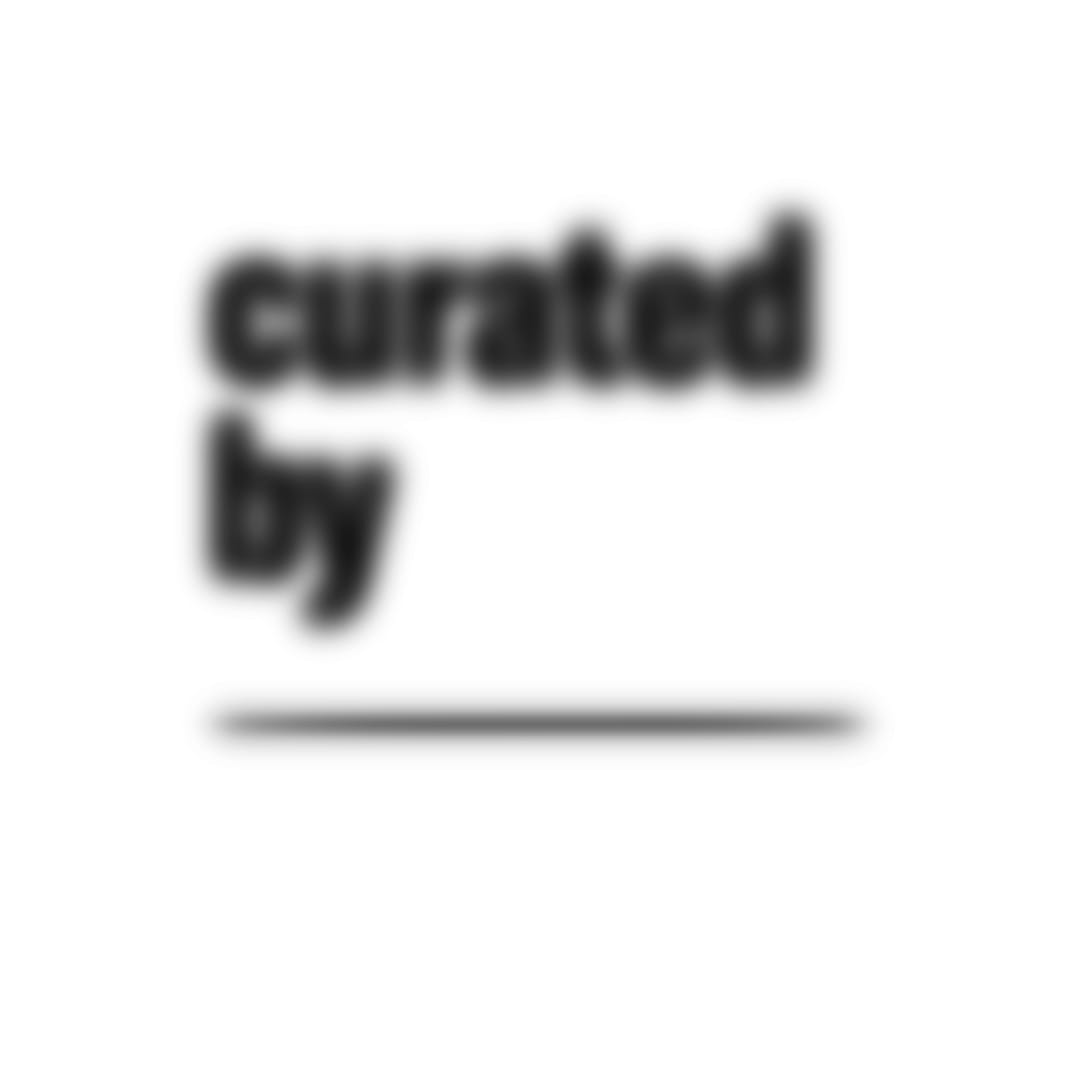


ITS ALL ABOUT COMEDY AND TRAGEDY AT THIS YEARS CURATED BY GALLERY FESTIVAL | JOIN MUNCHIES ART CLUB TO DISCOVER ART IN VIENNA 2021

The contemporary art fall season in Vienna is about to start and we strongly recommend you visit the annual Curated by Gallery Festival in Vienna.
The Curated by is taking place from 4. September - 10. October 2021.
Each year the participating galleries invite International curators for their program to offer art lovers, collectors and art enthusiasts something special.
Two Cannibals Were Eating A Clown When One Turned To The Other And Said, „ Does He Taste Funny To You?“-Richard Prince's "Untitled (Joke)" (2011)
This years focus lies in exploring the boundary between comedy and tragedy.
25 galleries are presenting their conclusions.
The Munchies Art Club presents the top 5 you should definitely visit.
5 HANDPICKED GALLERIES WE RECOMMEND YOU VISIT DURING THE CURATED BY FESTIVAL IN VIENNA
Our team has selected the following 5 when reviewing their press releases, they impressed us with their interpretation of this years motto „Comedy and tragedy“.
But do take the time to visit and explore them all. Follow the festival's Instagram page so you don't miss a thing! We are definitely very excited, we expect to laugh, be amazed and touched by what’s to come!
VIN VIN GALLERY | EUREKA! | CURATED BY FRANCESCO TENAGLIA

Vincenzo Della Corte, founder of the Gallery VIN VIN VIENNA, is an amazing personality we were lucky to meet at the Spark Art Fair.
He has invited the curator Francesco Tenaglia who invited the artists J. Parker Valentine, Isabella Costabile, Zac Langdon-Pole, Frieda Toranzo Jaeger, Shaun Motsi under the exhibition title „Eureka!“
“Laughter Is The Corrective Force Which Prevents Us From Becoming Cranks.” Henri Bergson
The Exhibitions refers to the french philosopher and nobel prize winner for literature, Henri Bergson.
Bergson belongs to the small number of major philosophers to have addressed in depth the topic of laughter and the comic as its source.

WHO IS FRANCESCO TENAGLIA?
Francesco Tenaglia is a critic and a curator. Artistic Director of Sgomento Zurigo exhibition space in Zürich, he is currently serving as part of the curatorial and research team at Museion (Bolzano) and he is professor of Art Theory and Criticism at Nuova Accademia d’Arte (NABA) in Milan.
EXILE GALLERY | THIS IS A LOVE POEM | CURATED BY CINDY SISSOKHO

The Exile Gallery caught our attention with an exciting position at this year's Spark Art Fair. For Curated by they chose to broaden our horizon in comedy.
Cindy Sissokho curates the show for Exile Gallery and has invited the artists Autumn Knight, Mona Benyamin, Rosa-Johan Uddoh, and Tanoa Sasraku.
“This is a love poem“ questions the perspective of the black feminist side and how far the black body was fed by colonial imaginaries in comedy over the years, through inappropriate, representations, roles and caricatures.
WHO IS CINDY SISSOKHO?
The curator, was born in Paris, France and lives and works in the UK. She focuses on decoloniality in the arts and Global South epistemologies and artistic practices.
She studied Cultural Mediation at University Paris 8, France (2014), including a year Erasmus studying at Panteion University in Athens, Greece and a Master’s in Cultural Events Management (2015) at De Montfort University, Leicester, UK.
GALLERY MARTIN JANDA | TO DO WITHOUT SO MUCH MYTHOLOGY? | CURATED BY FRANCESCO PEDRAGLIO

Francesco Pedraglio asks: What has all this to do with art? A lot! That is why he is presenting two shows. Two exhibitions running parallel to each other.
One visible (with works by 5 artists: Beth Collar, Simon Dybbroe Møller, Sophie Jung, Lukas Thaler, Kostis Velonis), the other invisible (with spoken pieces by writers and artists Bob Kil, Paul Becker, Holly Pester, Luis Felipe Fabre, Sarah Tripp).
The first show silent, the second spoken, one exhibition becomes the shadow of the other, and yet they are both completely interchangeable.
Like The Two Sides Of The Same Coin, Like Comedy And Tragedy Existing Together, Only Together. - Francesco Pedraglio
Artists: Beth Collar, Simon Dybbroe Møller, Sophie Jung, Lukas Thaler, Kostis Velonis and spoken works by Bob Kil, Paul Becker, Holly Pester, Luis Felipe Fabre, Sarah Tripp

WHO IS FRANCESCO PEDRAGLIO?
The curator is an artist, writer and editor living between Italy and Mexico City.
Francesco Pedraglio is interested in storytelling as a tool to decode intimate encounters with both mundane and historically complex situations.
GALLERY KANDLHOFER | I AM 2 HAPPY! | CURATED BY PHOEBE CRIPPS

Gallery Kandlhofer will be presenting a solo show with the artist Rachel Maclean curated by Phoebe Cripps.
Social media channels find popularity through funny videos, turning one mans tragedy into global comedy.
Since forever we have amused ourselves with tragic comedy, proving mankind to be a malicious audience.
WHO IS PHOEBE CRIPPS?
Phoebe Cripps is a writer and curator.
Phoebe Cripps is assistant Curator at the Hayward gallery and associate curator at the flatland projects.
The Game Is Late-Stage Capitalism, And Its Appetite Is Insatiable. Consume Or Be Consumed. Feed Yourself, And Your Dreams. Achieve True Happiness By Sustained Success. Rate Yourself, And Survey Everything You Purchase And Consume, So We Can Continue Improving And Innovating. If There Was A Symbol For This Era, It Might Be The Smiley Face... ( From The Press Release)
SOPHIE TAPPEINER GALLERY| PUT A SOCK IN IT ! | CURATED BY LISA LONG

PUT A SOCK IN IT! explores the relationships between comedy, power, ethics, sexuality, and desire, coming to the conclusion that comedy produces spaces of disidentification, and that it can turn hegemony on its head by never upholding the status quo.
After all, who and what is considered funny or what is seen as humorless is defined by structural hierarchies.
Why is one told to put a sock in it? You’ll either get it, or you won’t.
Participating Artists: Zuzanna Czebatul, Jesse Darling, Reba Maybury, Ebecho Muslimo-va, Liesl Raff, Melanie Jame Wolf.
WHO IS LISA LONG?
Lisa Long is a curator at the Julia Stoschek Collection, Berlin. Her last projects at JSC include the exhibition A FireInMy Belly and the year-long program horizontal vertigo.
Longis a co-founder of the feminist initiative And She Was Like:BÄM! and the collaborative project Companion Studies
IN CONCLUSION:
We present here a small selection, but there are so many more fascinating galleries and curated selections to explore.
Go to the Curated by website, and get inspired, read their press releases, visit the venues and engross yourself in a artistic depiction of tragedy and comedy.
JOIN and Support!
Share with us your favorite discoveries!
Send us your images and we will post the best ones on our Instagram account! Let’s create a bigger picture!


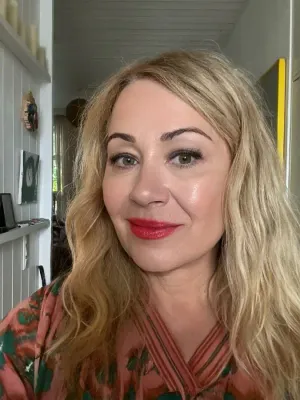
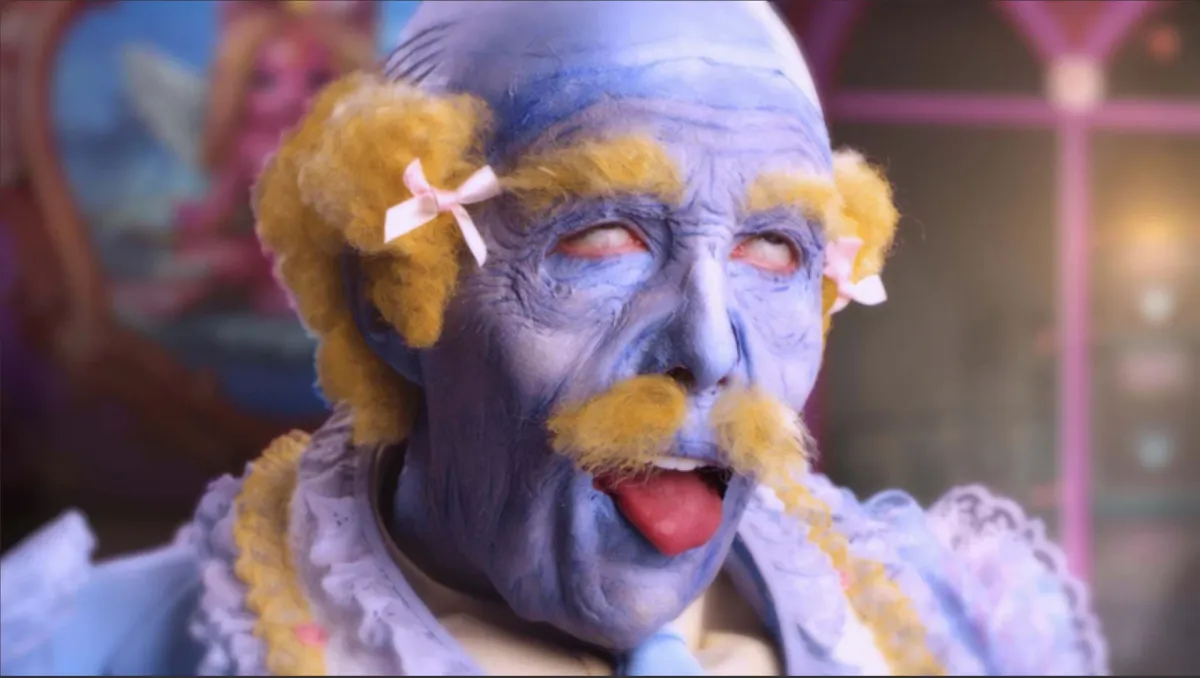

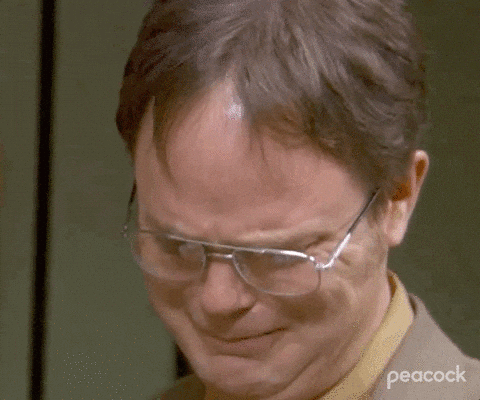
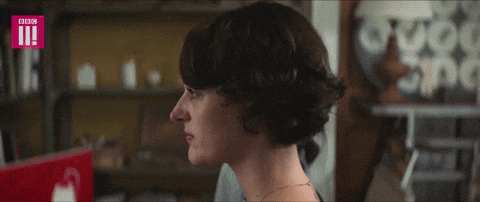
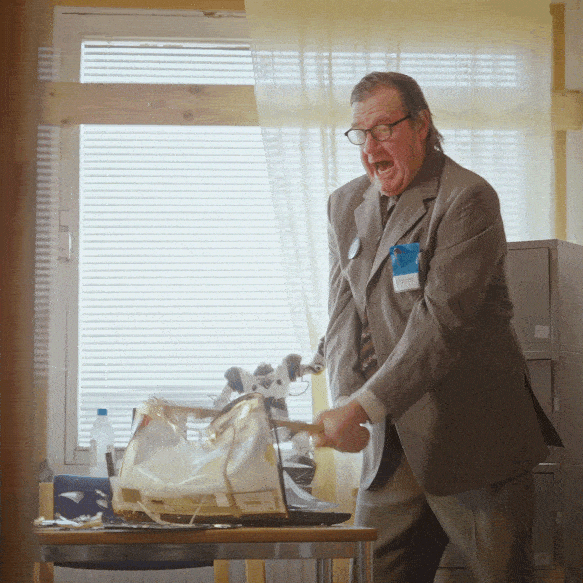
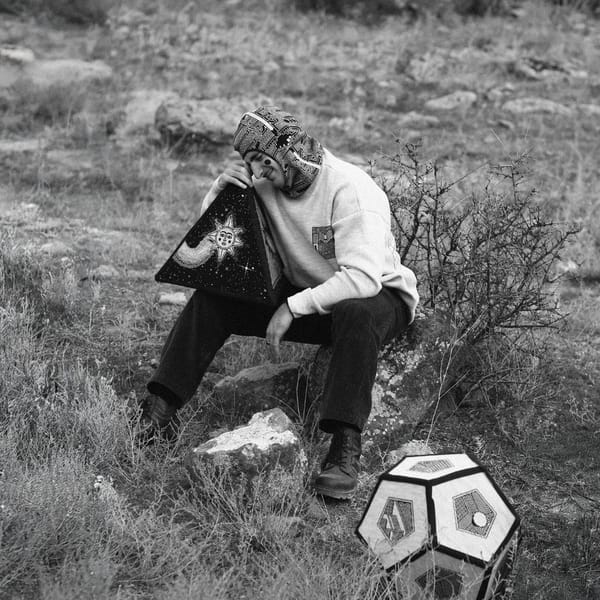
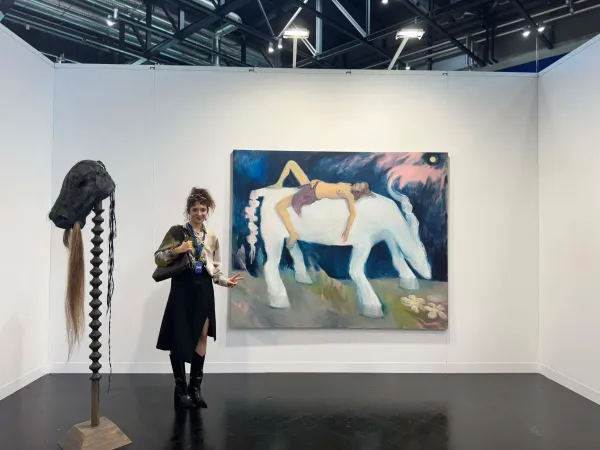
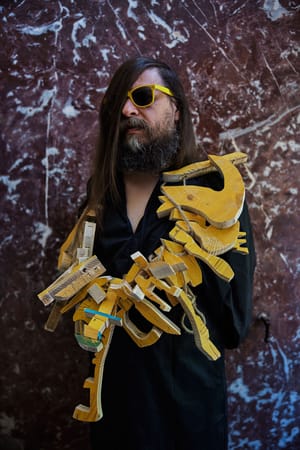
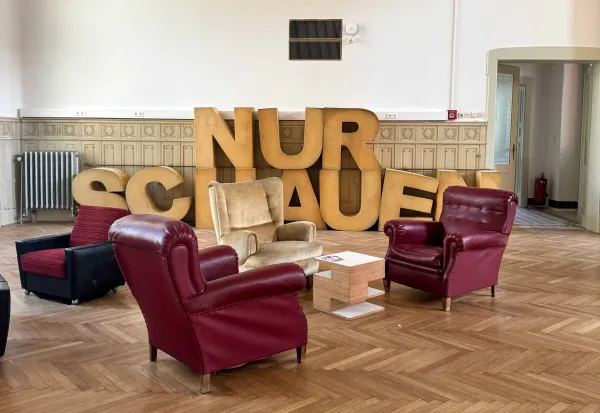
Member discussion